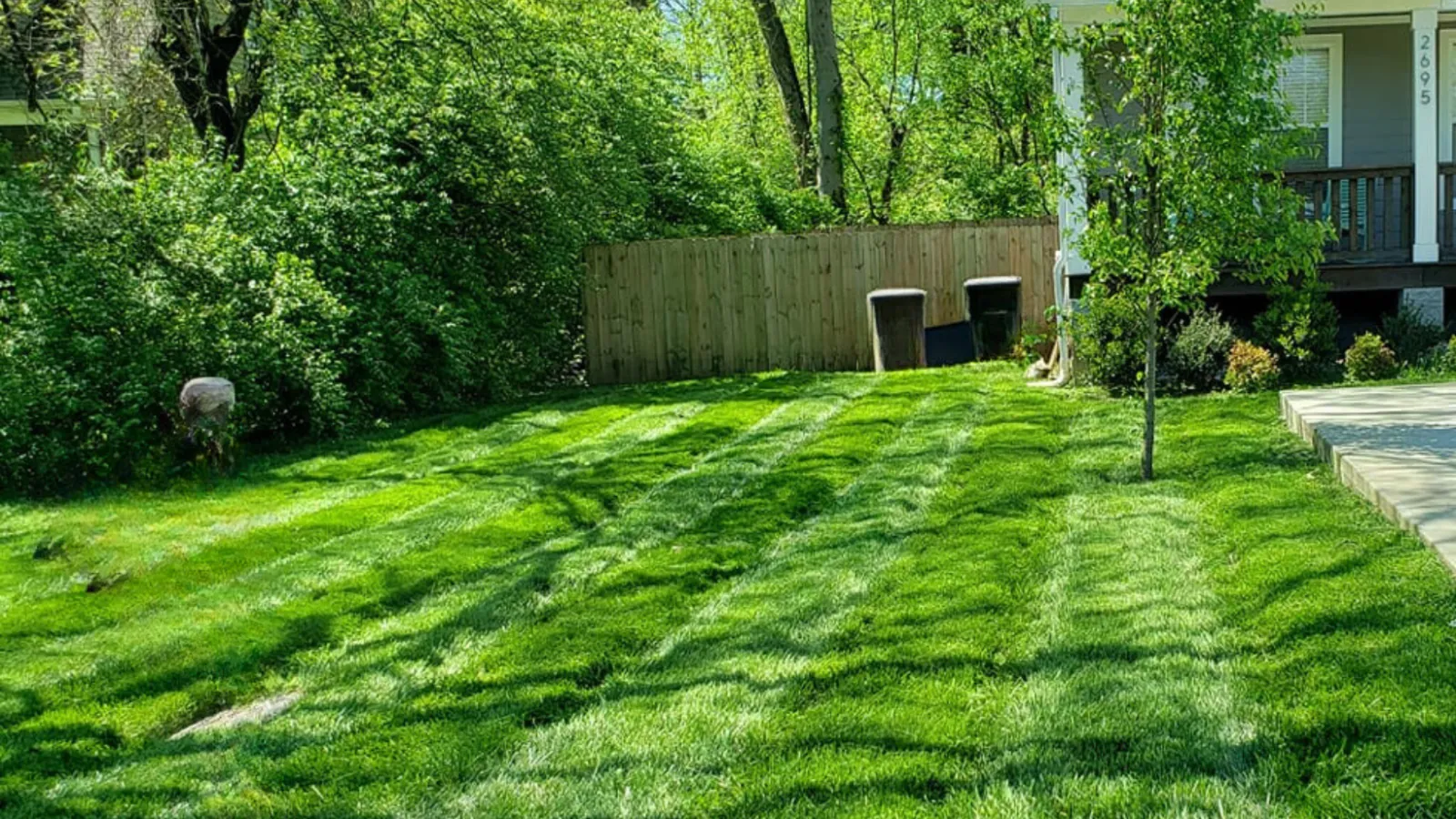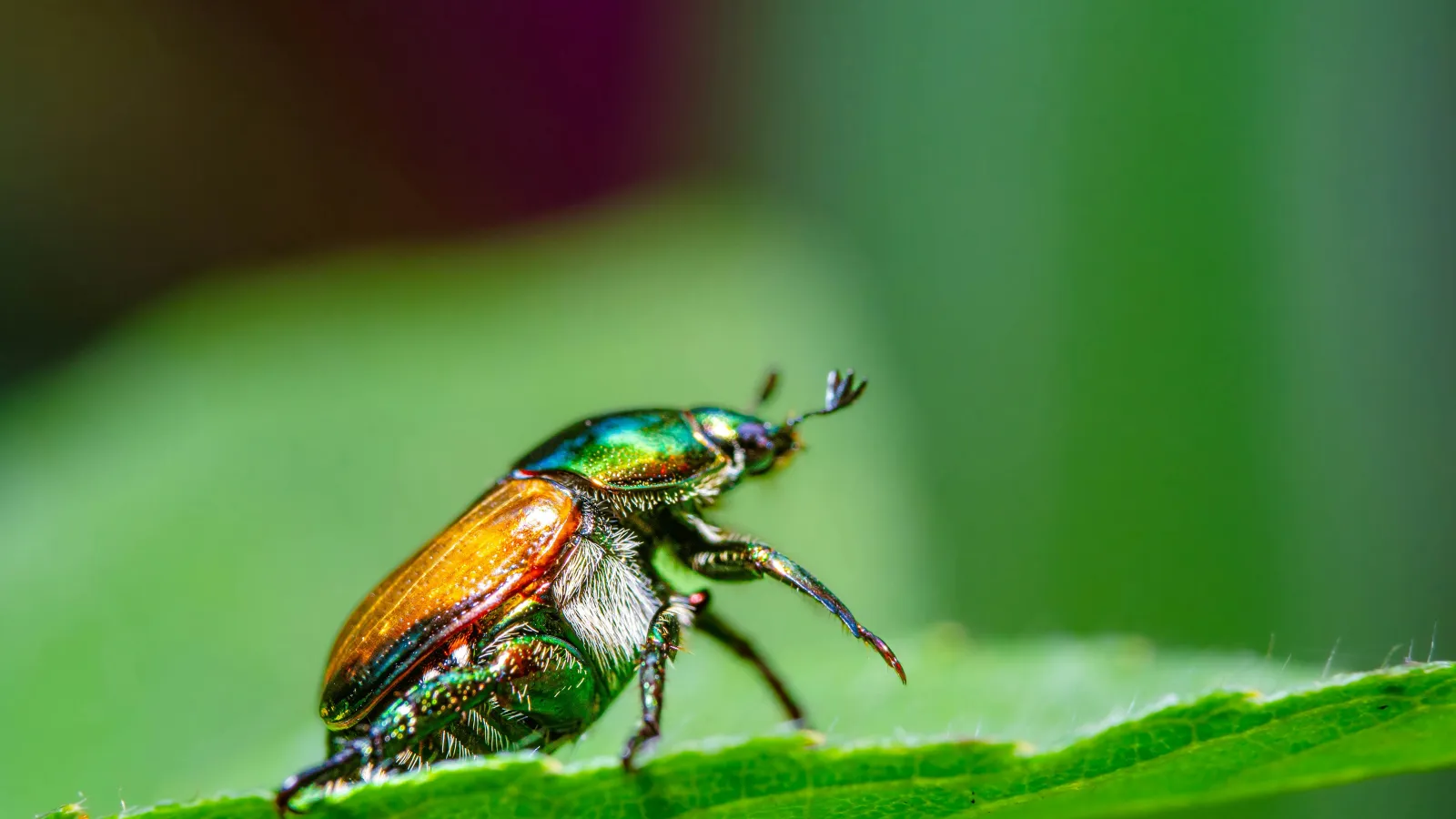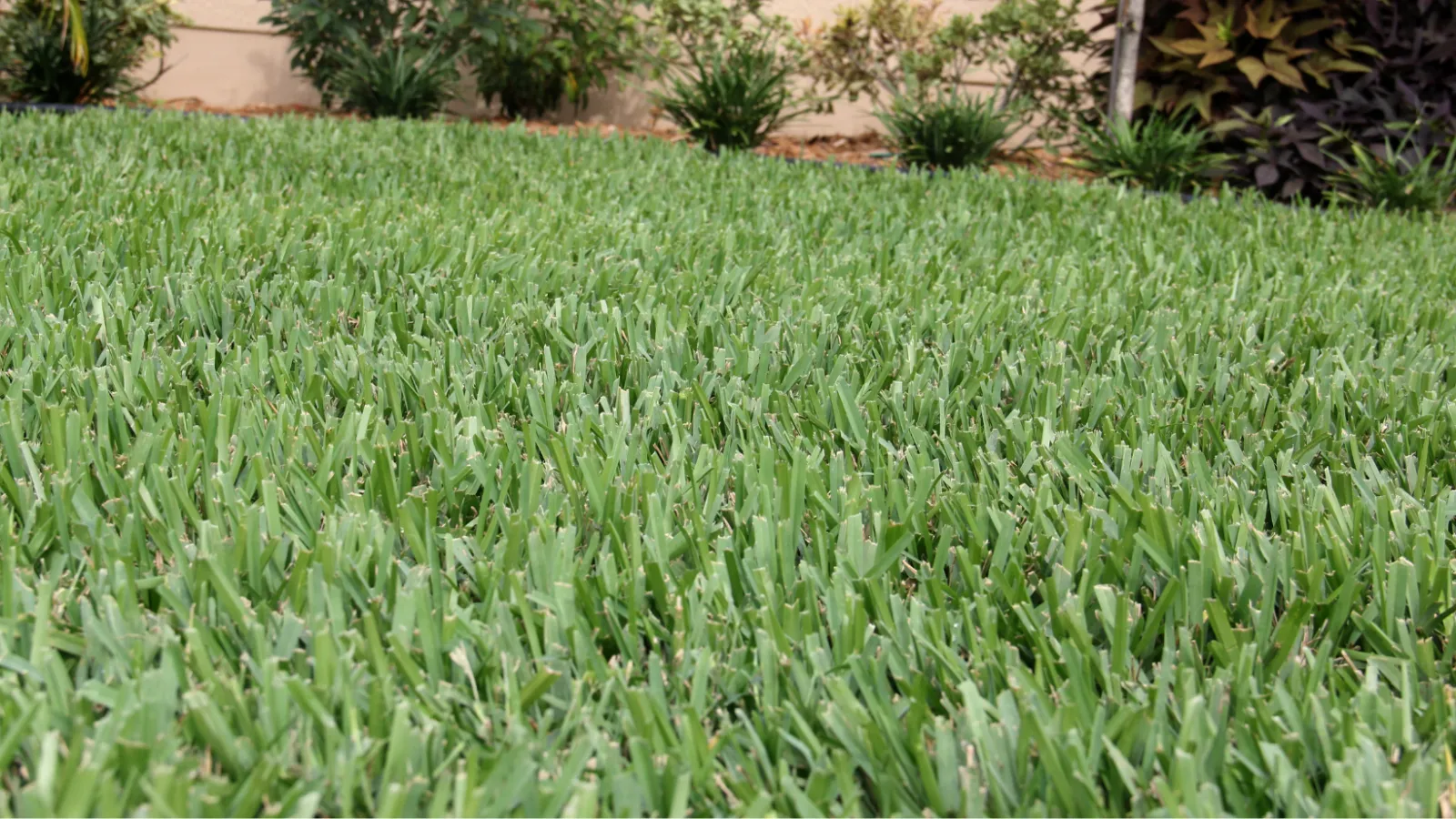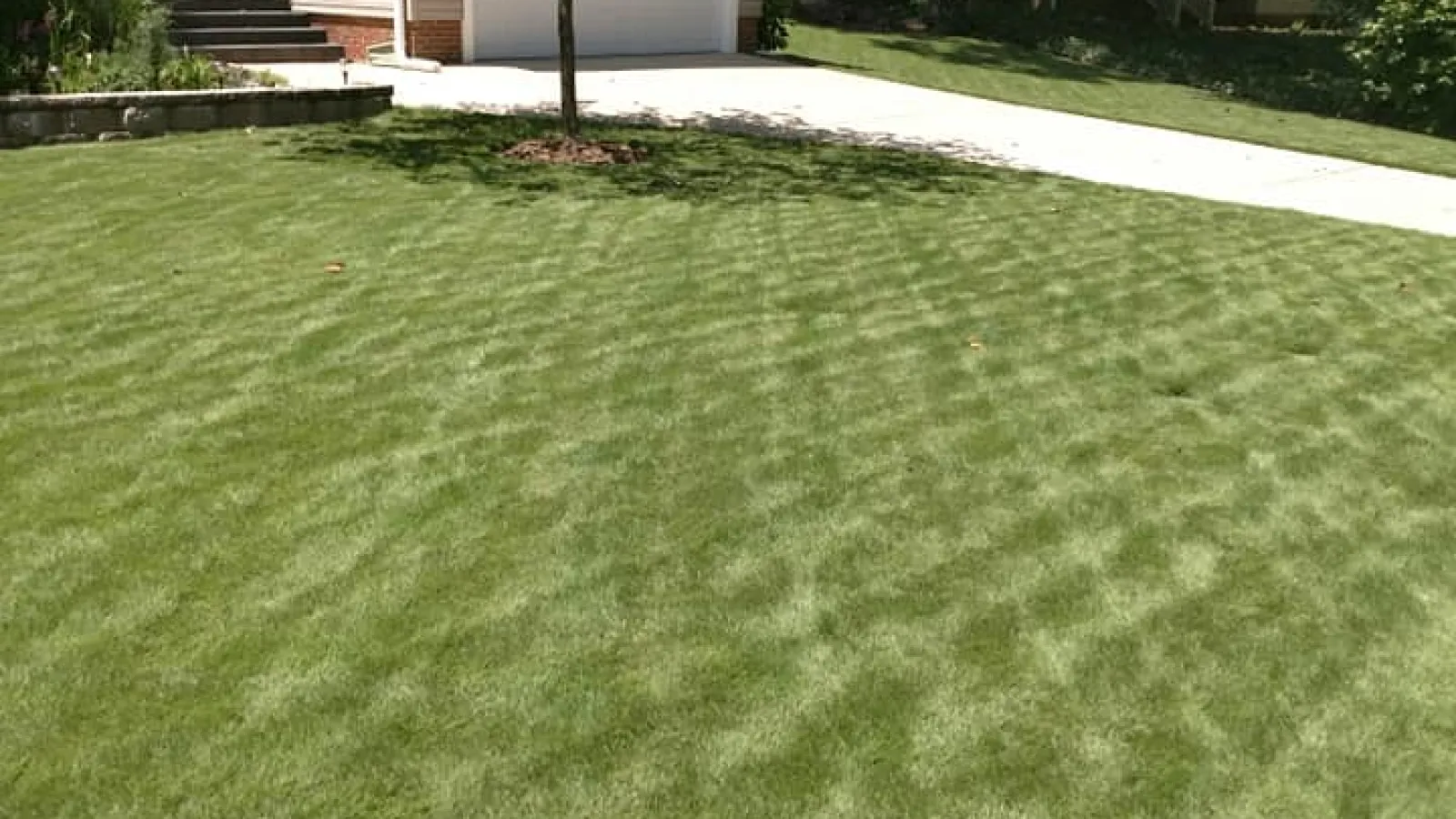
All About Zoysia Grass
There are many options when it comes to grass, specifically Zoysia grass. Different cultivars are available, but certain types will do better than others based on where you live. Keep reading to learn all about that zoysia grass.
Types of Zoysia Grass
El Toro - This new variety was developed in California but has proven to thrive in the southeast. It is shade tolerant and creates a beautiful backdrop for commercial and residential areas.
Emerald - Some say this is the most attractive zoysia on the market. Emerald is a fine textured grass well-suited with a good maintenance program. It provides a lovely dark color but is less hardy in the winter.
Empire - Because Empire Zoysia came from Brazil, it can handle warm climates that receive a lot of rain. This broad, blue-green color blade is low maintenance and grows well in a variety of soil types.
Innovation - Developed by researchers at Kansas State University and Texas A&M, Innovation is cold-tolerant and is an excellent choice for lawns in the transition zone. It's shade tolerant and is fine-bladed, dark green, with a soft feel.
JaMur - This medium, coarse-textured zoysia grass thrives well in home lawn environments. It has an attractive green color, is easily mowed, and performs well in moderate shade.
Meyer - This beautiful dark green zoysia variety is so dense that it's very resistant to weed invasion. While it is only moderately shade tolerant, it is tolerant to foot traffic and cold temperatures. Meyer is considered the most cold-tolerant of the zoysia species.
Palisades - Homeowners love this grass type because of its density, wear tolerance, and hardiness to heat, drought, and cold. The one drawback to Palisades is its inability to withstand shade.
Zeon - Zeon is adaptable. It's soft, plush, and easy to mow. Zeon zoysia likes full sun or bright shade. It is drought-resistant and slow-growing (less mowing!).
Zorro - Zorro is a fine-bladed grass that is extremely shade tolerant and, therefore, can grow in places other grasses cannot. Only requiring 3-4 hours of sunlight and little water (lowest requirements of the zoysias), Zorro zoysia is an excellent option for some areas.
Of the Zoysia cultivars available, the most common in our area include El Toro, Emerald, Meyer, and Zeon. We don't sell or install sod, but once can care for your Zoysia lawn with fertilization and weed control.
Origination of Zoysia
Zoysia grass originated in Asia but has been in the United States since the mid-1890s. This warm-season perennial is ideal for homeowners. It's a little slower to establish than other grass types, but its dense carpet-like feel is worth waiting for. It also offers an outstanding barrier against weeds.
How Zoysia Grass Grows
Zoysia grass reproduces through two types of horizontal stems: stolons and rhizomes. Stolons creep along the soil's surface, adding roots every few inches to create new plants, and rhizomes grow below the surface. This thick, dense growth results in a thick, carpet-like lawn.
We recommend core aeration annually in the spring to keep your Zoysia's root system strong and develop soil compaction. Core aeration is the removal of small plugs of soil from your lawn. Aeration allows oxygen, water, and nutrients to reach the roots, which is necessary for growth. It also breaks down the thatch layer, which is needed to minimize zoysia grass problems.
Issues with Zoysia
One of the more common issues is improper watering. Believe it or not, zoysia is intolerant of too much water, especially standing water. The result of too much water is root rot. Not only is it unattractive, but it can kill your grass if left untreated. Zoysia lawns typically require 1 inch of water per week.
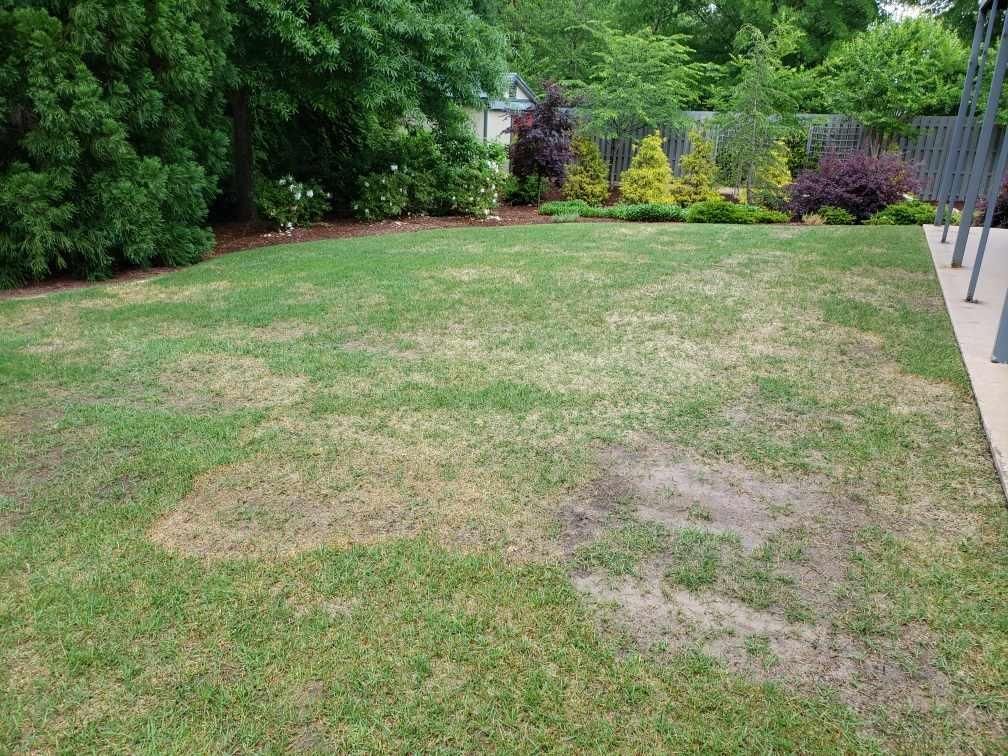
Although Zoysia is generally less vulnerable to diseases compared to other turf types, it's not invincible. Zoysia patch, also known as large patch, loves warm-season grasses, especially zoysia. The patches can range in size from inches to feet. Zoysia Patch is active in spring and fall when the grass goes in or out of dormancy. Affected areas will thin, and grass blades may appear bleached or yellow. You may also see "smoke rings'' around the edge of the diseased area. The smoke rings are caused by a white, cottony growth known as mycelium. Fortunately, we offer Fungicide Treatments to protect your lawn from Zoysia Patch and other fungi.
We hope you find the information useful when choosing the perfect grass type for your home or learning more about your current grass type. Remember, your lawn is an investment, so do your research and contact us when you're ready to start your Lawn Care Program.
